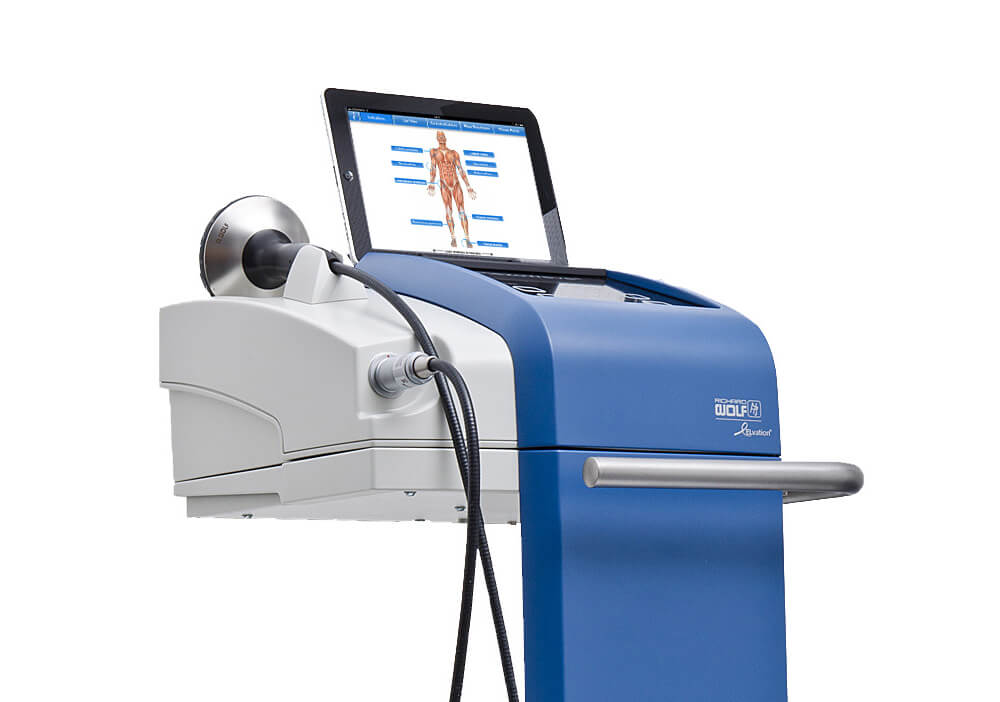

Car accidents are jarring, disorienting events that can cause immediate and severe damage. However, the impact of a car accident extends beyond just the injuries sustained from the collision. For individuals with pre-existing injuries or conditions, the aftermath of a crash can exacerbate these old wounds, leading to renewed pain and complications.
This blog outlines how to properly address the impact of car accidents on pre-existing injuries and successfully realign your health goals.

When a car crash occurs, the forces involved are immense. The sudden deceleration or acceleration from a collision can cause significant physical trauma. If you already have a previous injury, such as a herniated disc, a rotator cuff tear, or a prior fracture site, the additional forces can place undue stress on these areas.
During a car accident, the body undergoes significant biomechanical stress. The impact forces the body to move abruptly, straining muscles, ligaments, and joints. If these structures were previously weakened or injured, the added stress can trigger renewed pain and complications.

The body’s inflammatory response to trauma can be exacerbated by old injuries. When an injury site is re-injured, inflammation can be more severe as the body reacts to the new insult and attempts to repair the damaged tissue.
Even when healed, old injuries can leave underlying issues that make them susceptible to exacerbation. Scar tissue, altered biomechanics, and residual inflammation can contribute to the vulnerability of these areas.

Over time, the cumulative stress on an injured area can weaken it further. Daily activities or minor stresses might have been manageable before a car accident, but the combined effect can lead to a resurgence of pain or complications.
The psychological impact of a car accident can also play a role in exacerbating old injuries. Stress and anxiety can lead to increased muscle tension and sensitivity, making old injuries feel worse.
After a car accident, it’s crucial to undergo a comprehensive medical assessment to evaluate both new and old injuries. A thorough evaluation helps identify the extent of damage and the interplay between old and new injuries.
Treatment should address both the exacerbated old injuries and any new damage. This might involve a combination of physical therapy, pain management, and possibly surgical interventions as a last-case possibility.

Long-term monitoring and follow-up are essential to ensure that both new and exacerbated injuries are properly managed. This includes regular check-ups and adjustments to treatment plans based on the recovery progress.
Car accidents can have far-reaching effects on individuals with pre-existing injuries. The impact forces, biomechanical stress, and inflammatory responses can exacerbate old wounds, making them feel more painful or problematic even if they were previously healed.
Understanding the mechanisms behind this exacerbation is crucial for effective treatment and recovery. Comprehensive medical assessments, tailored treatment plans, and long-term monitoring are essential in addressing the impact of car accidents on pre-existing injuries, both new and aggravated, to ensure the best possible recovery and quality of life.
Health in Motion Chiropractic can support your recovery and get you back on track to your health goals. Book an appointment with us today.



Call us today at (386)-320-0325 for relief of your whiplash symptoms or for assistance in reaching optimal health.
